When Governments Buy Chips: Why the US Now Owns 10% of Intel
When you think of government investments, you might picture roads, schools, or defense projects. What you probably don’t imagine is the United States government becoming one of the biggest shareholders in Intel. But as of this month, that’s exactly what happened.
By converting $8.9 billion in past grants into equity, Washington now holds a 10% stake in Intel, one of the world’s most important chipmakers. It’s a bold move that highlights how critical semiconductors are—not just to tech enthusiasts, but to national security and the global economy.
Why Did the US Buy Into Intel?
The move isn’t about “Wall Street plays.” It’s about chip independence.
For years, the U.S. has been vulnerable because much of the world’s semiconductor production happens overseas—mainly in Taiwan (TSMC) and South Korea (Samsung). That’s risky in a world where supply chains can break overnight due to pandemics, politics, or conflict.
By investing in Intel, the U.S. is essentially saying:
🏭 “We need chips made at home.”
🛡️ “We can’t risk foreign dependency in critical tech.”
💼 “We’re willing to put taxpayer money where our silicon is.”
This isn’t charity—it’s strategic insurance.
What Does It Mean for Consumers?
If you’re a gamer, creator, or business owner building PCs, you might wonder: Does this change anything for me?
In the short term, probably not. Intel CPUs will still launch on their regular schedule, and prices will still compete with AMD. But longer term:
More Stable Supply Chains: Fewer shortages like we saw in 2020–2021 when GPUs cost more than rent.
US-Made Chips: Expect to see “Made in America” tags on future Intel processors, especially for data centers and high-security applications.
Faster Innovation: With government backing, Intel has more room to compete head-to-head with TSMC and AMD—potentially speeding up new architectures and lowering prices.
The Bigger Picture: Chips Are the New Oil
Just like oil powered the 20th century, semiconductors power the 21st.
Cars? Packed with chips.
AI servers? They eat GPUs for breakfast.
Smartphones, routers, gaming consoles? All chips.
By owning part of Intel, the U.S. government now has direct influence in the very supply chain that runs modern life.
The Risks No One Talks About
Of course, it’s not all smooth sailing. Turning grants into shares means the U.S. government has a vested interest in Intel’s success. But:
Competition Issues: Rivals like AMD or Nvidia might raise concerns about favoritism.
Global Trade Blowback: Other countries could push back if they feel Intel is now an arm of U.S. policy.
Execution Risks: Intel has struggled in recent years to keep up with TSMC in cutting-edge manufacturing. Money alone won’t fix that.
This is high-stakes chess, not checkers.
Why This Matters for Tech Shoppers
Whether you’re browsing for a new CPU, GPU, or gaming rig, this story reminds us of one thing: the tech you buy is shaped by global politics as much as by clock speeds.
That shiny Intel Core i9 you drop into your cart isn’t just silicon. It’s part of a worldwide power game involving governments, supply chains, and trillions of dollars in innovation.
So next time you build a PC or upgrade your laptop, remember—you’re holding a piece of that story in your hands.
Final Thought
The U.S. buying 10% of Intel is more than an investment. It’s a declaration: chips are now as strategic as oil, steel, or defense. And while gamers, creators, and businesses may not feel it immediately, the ripple effects will shape prices, availability, and innovation for years to come.
The next big leap in CPUs or GPUs? It might just have government fingerprints all over it.

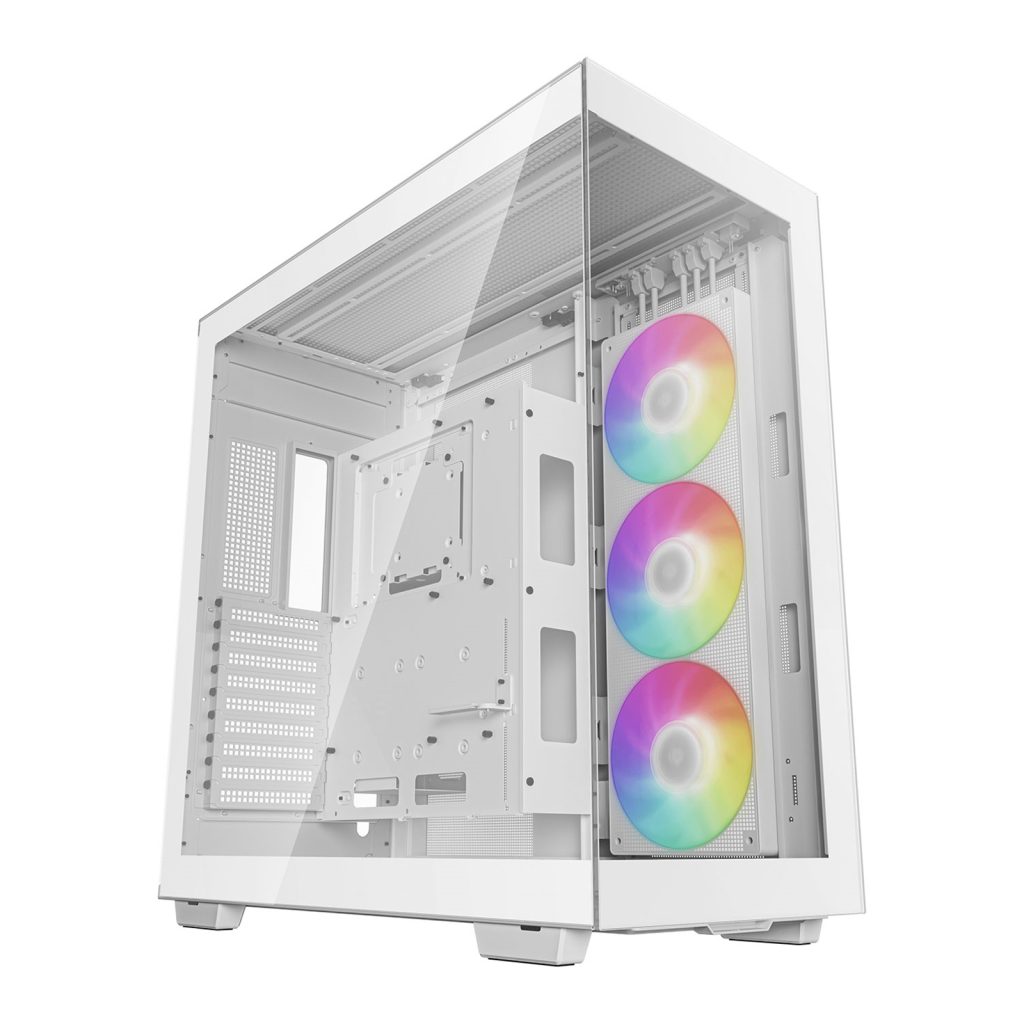

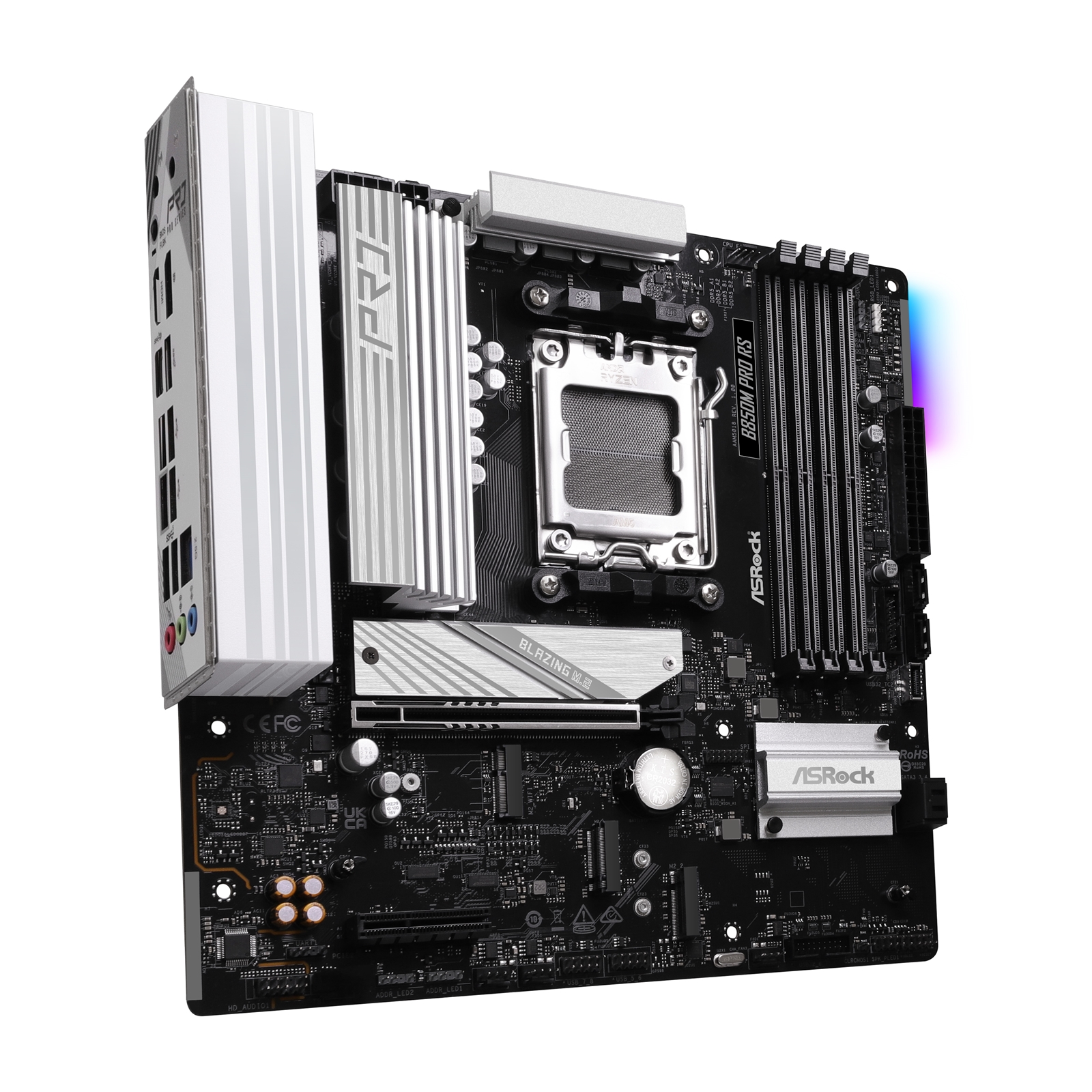
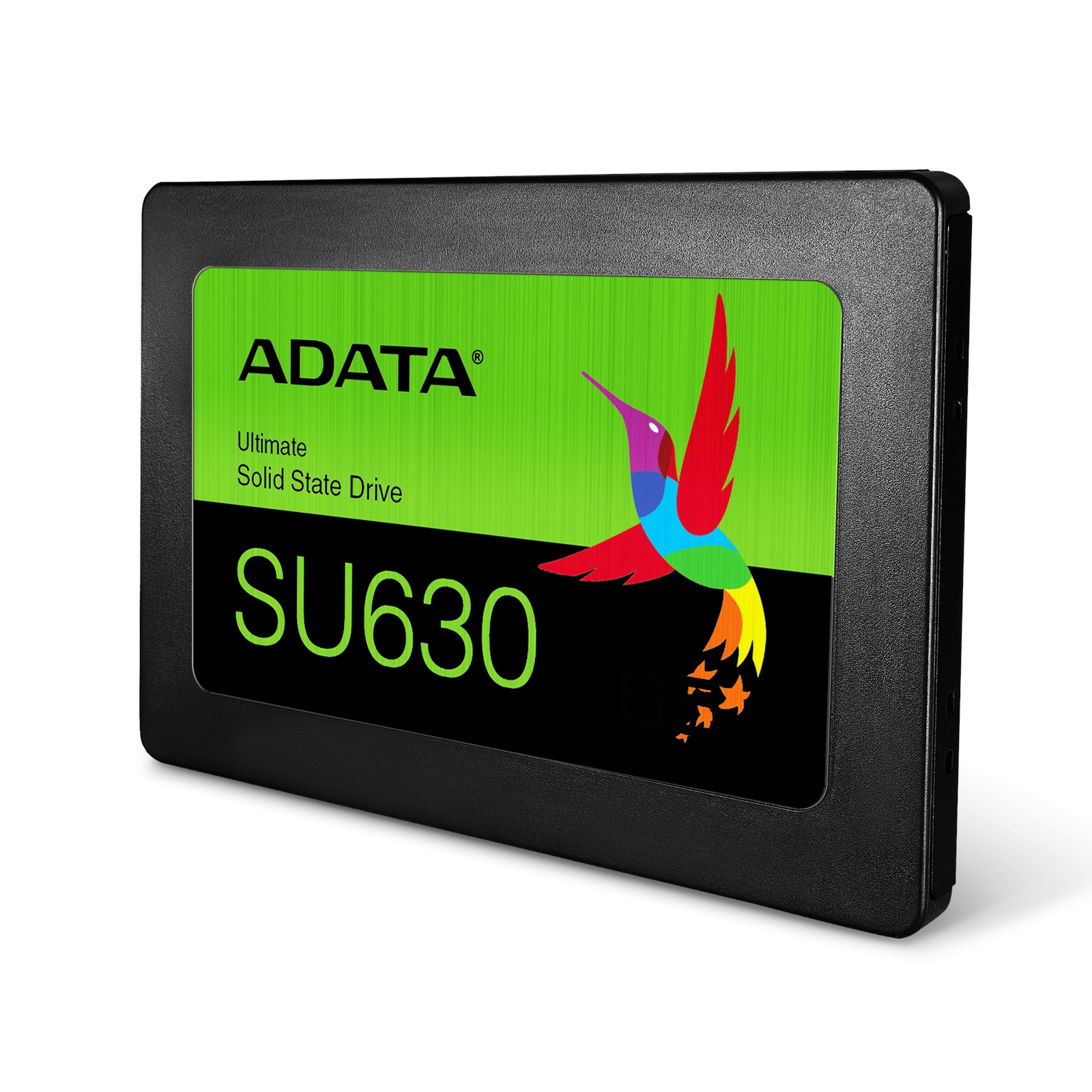


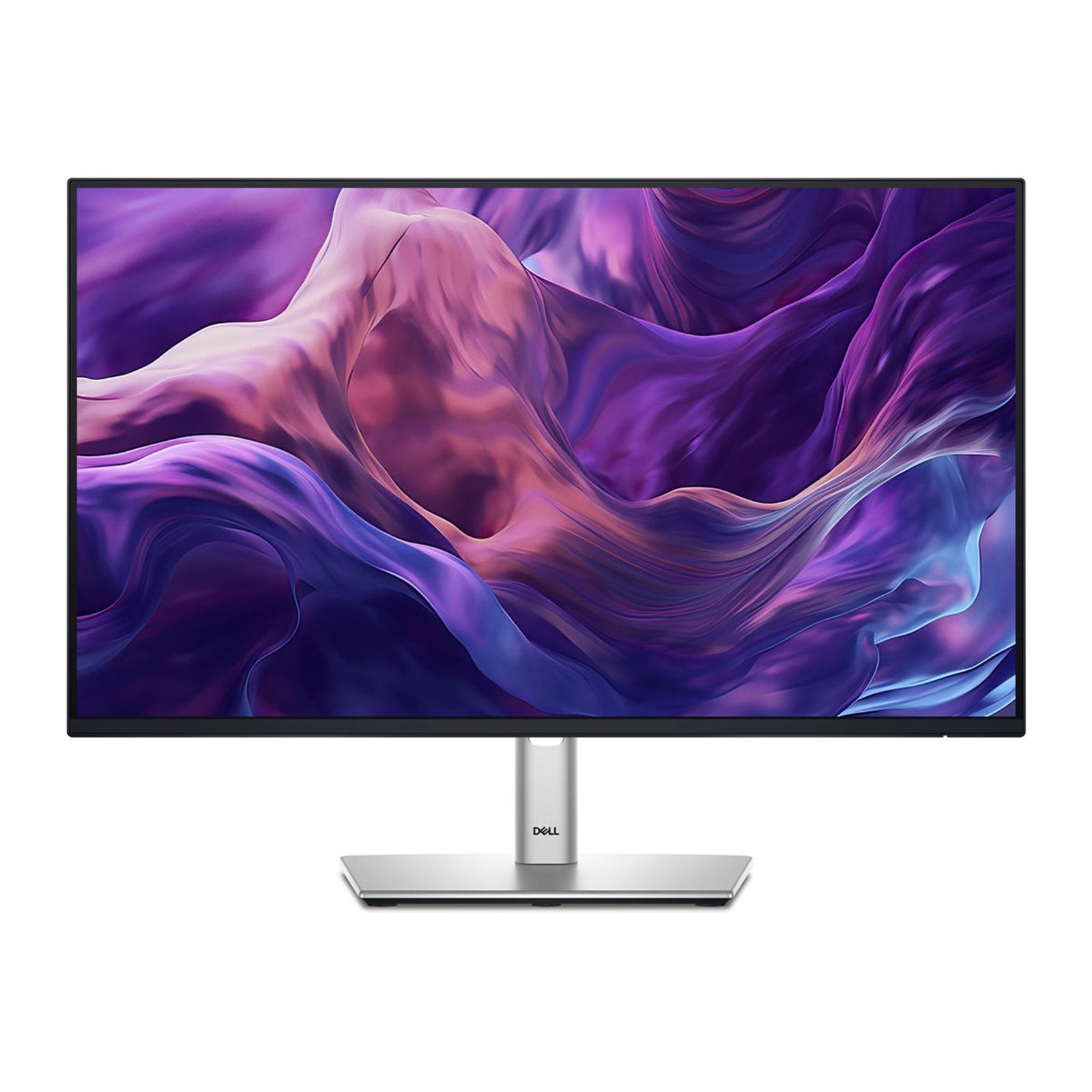
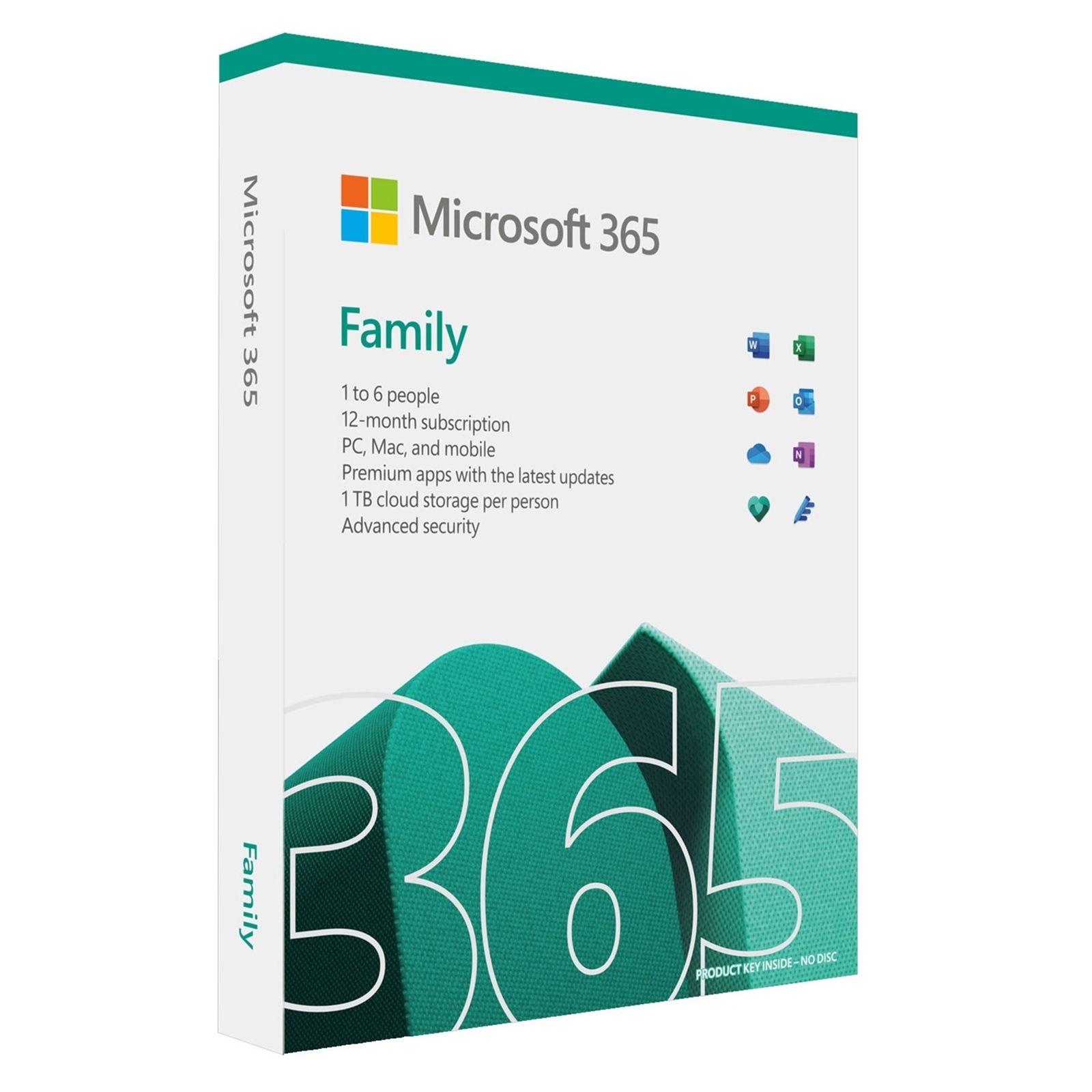
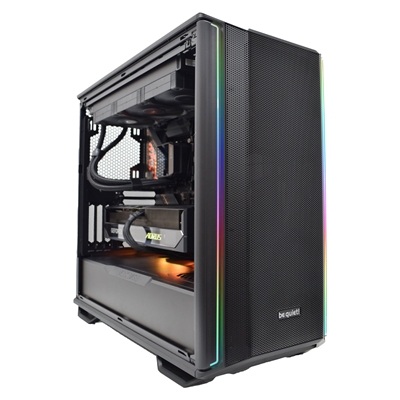
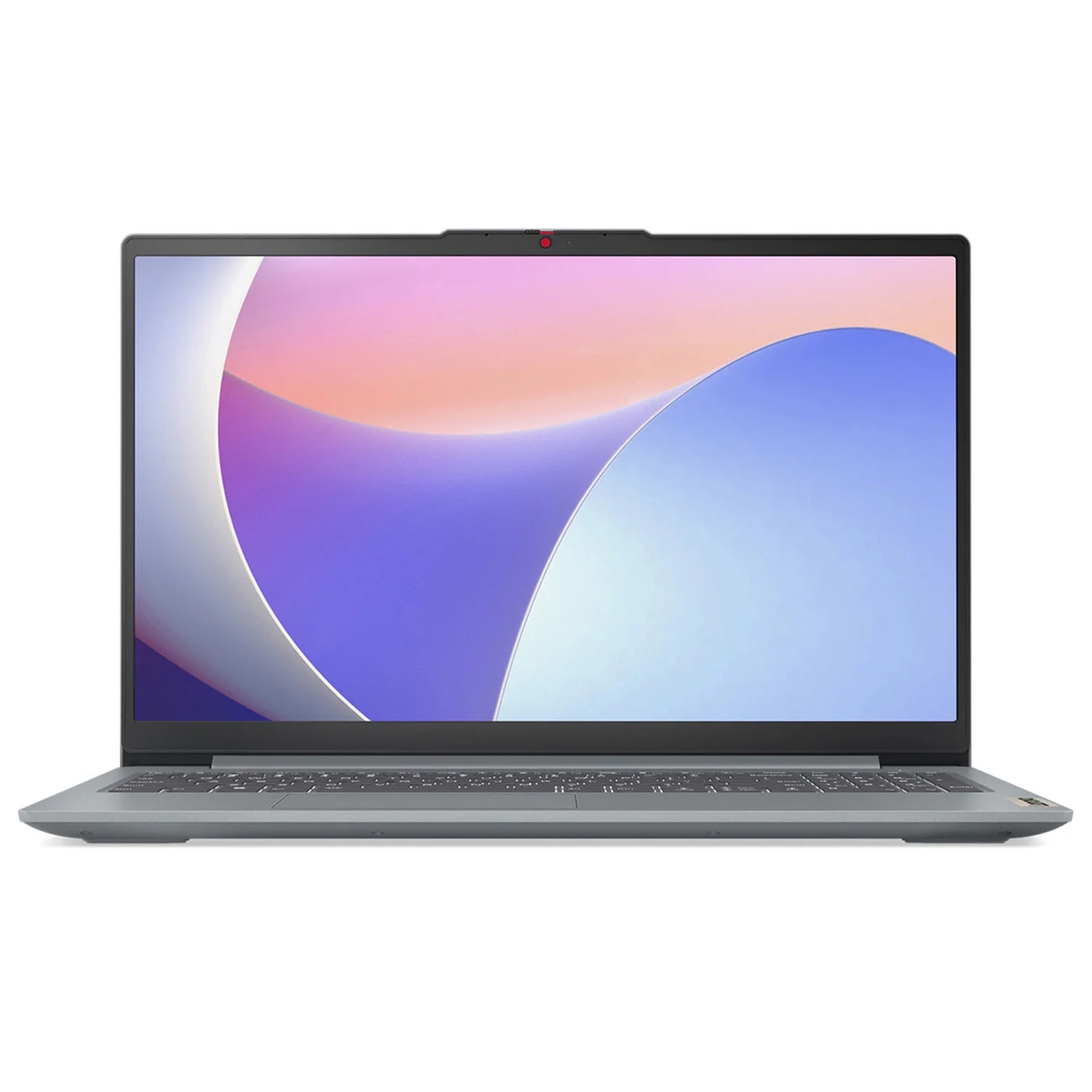

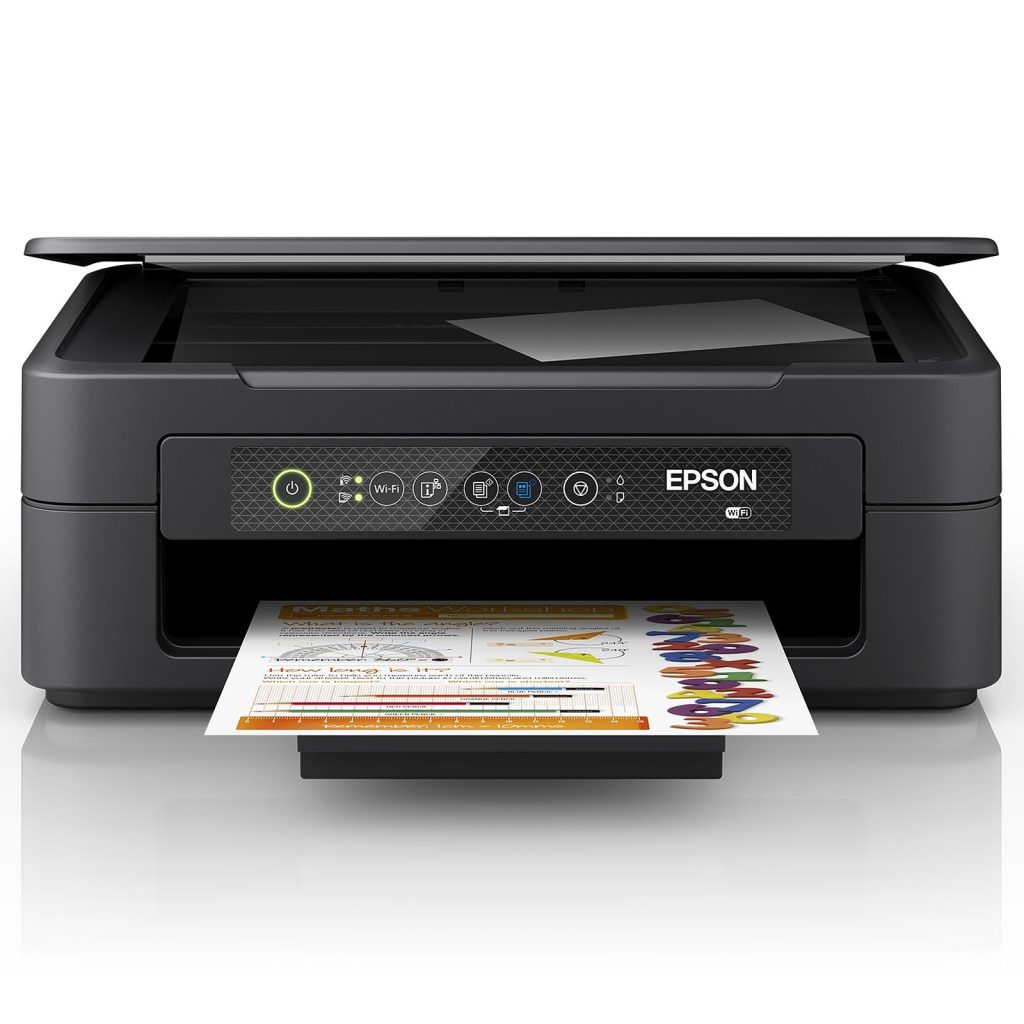
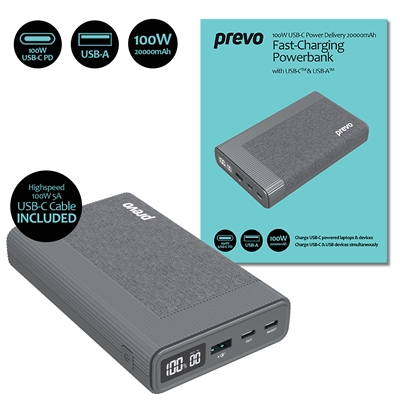

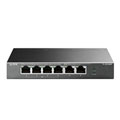


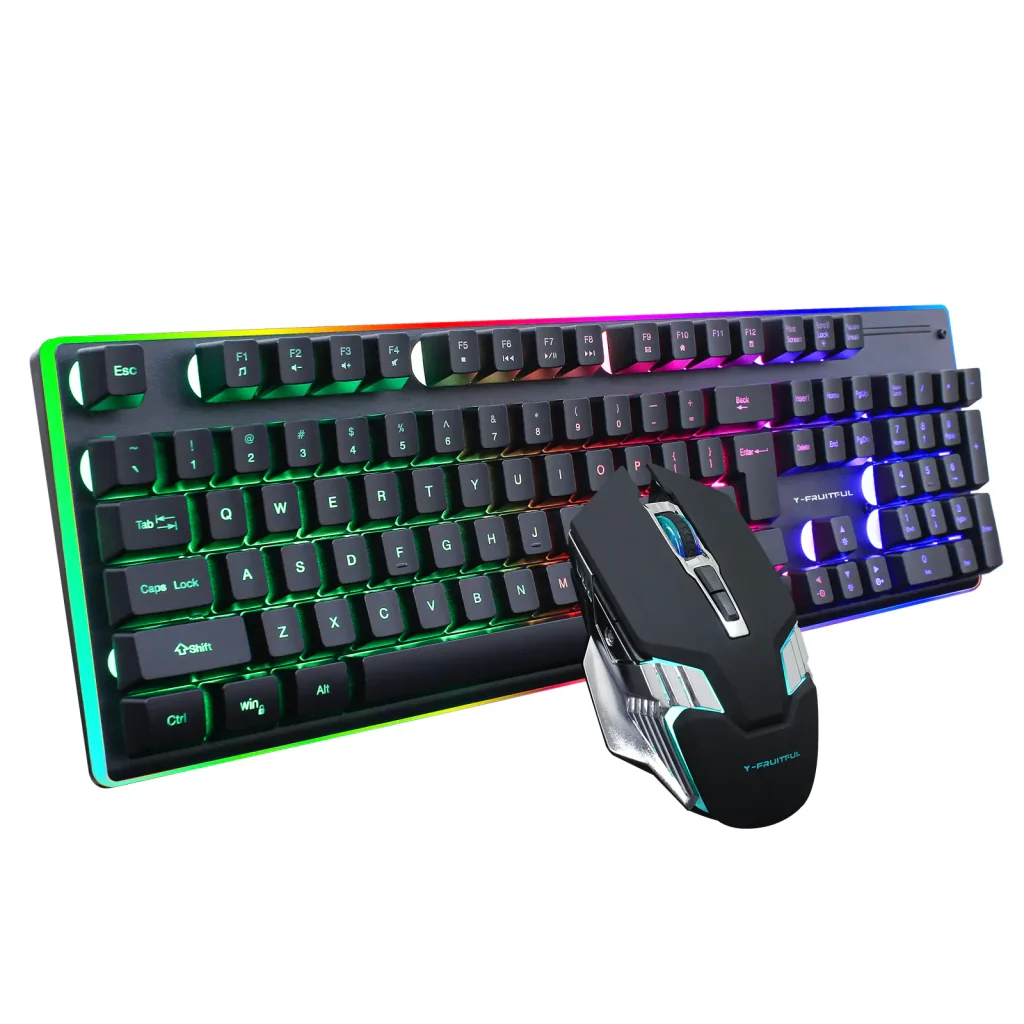



 in the UK • Built for smart shoppers everywhere.
in the UK • Built for smart shoppers everywhere.
Leave a comment